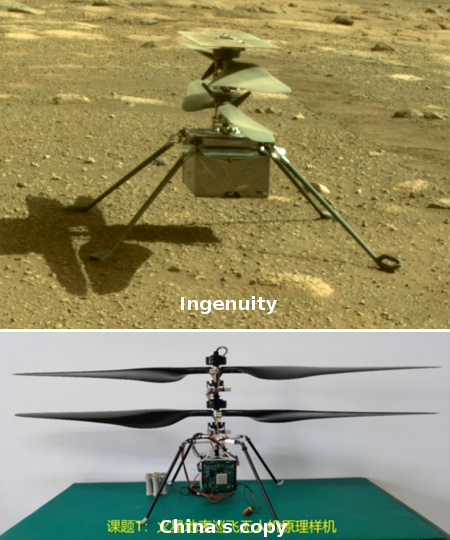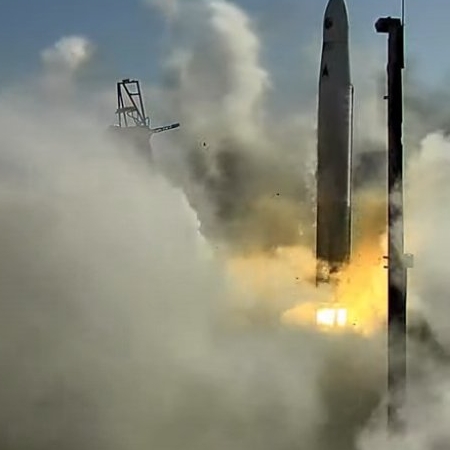Firefly first launch attempt fails after liftoff, shortly before stage separation

Screen capture from Everyday Astronaut live stream.
Capitalism in space: Firefly’s first attempt to launch its Alpha rocket to orbit failed at T+2:30 minutes, shortly after it went supersonic and just before first stage engine cut-off and stage separation.
The screen capture to the right shows that explosion.
Lift-off procedures went very well, though the rocket itself appeared to reach supersonic speeds later than their timeline predicted, suggesting it was underpowered.
In fact, the whole operation reminded me of SpaceX’s early attempts to launch its Falcon-1 rocket. Just as happened in one of those early SpaceX launches, there was a launch abort at liftoff, the launch team quickly figured out what happened, recycled the rocket, and successfully lifted off an hour later. Kudos to that team!
The failure is unfortunate, but to repeat the cliche, this is rocket science. They will try again.

Screen capture from Everyday Astronaut live stream.
Capitalism in space: Firefly’s first attempt to launch its Alpha rocket to orbit failed at T+2:30 minutes, shortly after it went supersonic and just before first stage engine cut-off and stage separation.
The screen capture to the right shows that explosion.
Lift-off procedures went very well, though the rocket itself appeared to reach supersonic speeds later than their timeline predicted, suggesting it was underpowered.
In fact, the whole operation reminded me of SpaceX’s early attempts to launch its Falcon-1 rocket. Just as happened in one of those early SpaceX launches, there was a launch abort at liftoff, the launch team quickly figured out what happened, recycled the rocket, and successfully lifted off an hour later. Kudos to that team!
The failure is unfortunate, but to repeat the cliche, this is rocket science. They will try again.








